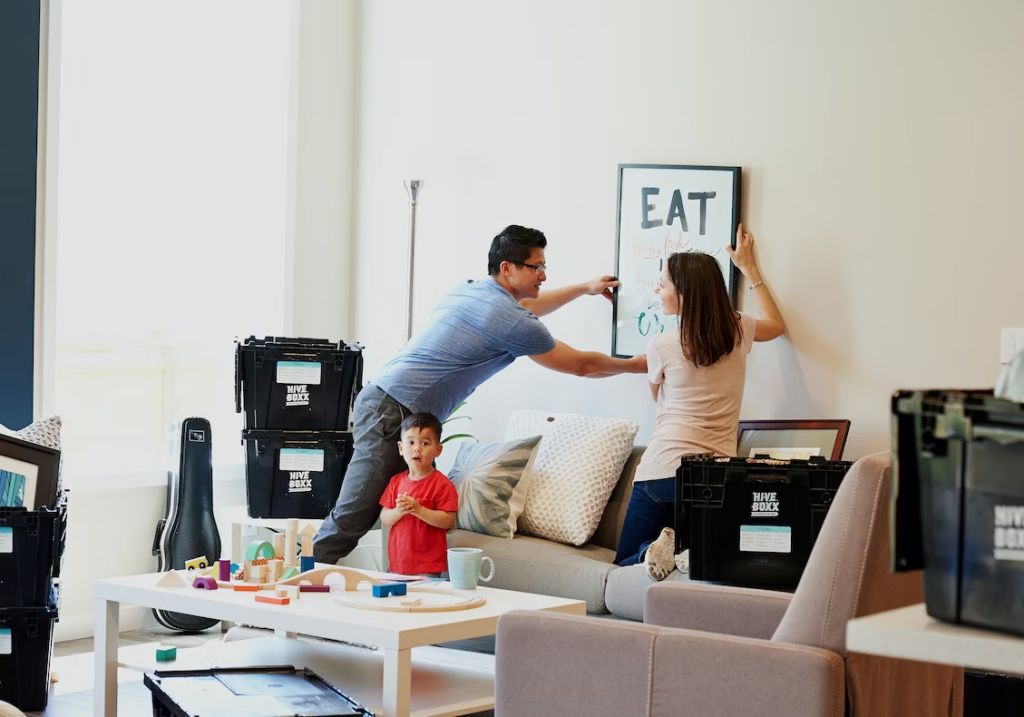Picture yourself having purchased the artwork of your dreams. Congratulations! But before you can thoroughly enjoy it in your home, you must think strategically and set up a plan of action in order to protect your artwork, as well as your rights as a buyer. Follow these six easy guidelines as a precautionary measure against the potential risks and uncertainties associated with purchasing and owning art.
1: Artist’ Bill of Sale
Make sure you receive an Artist’s Bill of Sale after purchasing your artwork. This important document acts as an invoice, and every artist should provide their buyers with one. The Bill of Sale should include the following: date of sale, invoice number, the artist’s contact details, buyer’s contact details, artwork information, subtotal, the amount paid, and both parties’ signatures. Recording every information properly will ensure everything runs smoothly.
2: Certificate of Authenticity
The certificate of authenticity is another crucial document which you should absolutely get your hands on. This document certifies that the artwork is an original creation or, in some cases, part of a limited edition. The certificate of authenticity proves to buyers that the artwork was made by the artist, and establishes the identity of the artwork, certifying it is an original creation. At SINGULART, we always provide our clients with a certificate of authenticity signed by the artist.
3: Handling artworks
The gallery should provide clients with a special care and handling instruction manual on how best to care for your artwork. Instructions may range from when the sculpture was last polished, the right framing, storing, cleaning, to the correct sunlight exposure. Galleries should also have a dedicated customer care team to answer any query regarding handling artworks. Better be safe than sorry!
4: Safety and security first!

Save yourself some time and energy by hiring a professional art hanger. If the artwork you purchased is especially large, heavy, or fragile, it might be beneficial to get a professional to hang it up for you. If an artwork has been improperly hung or displayed, it might fall off and hurt someone so it’s best to avoid exposing yourself to damage and risk. Additionally, a professional will have the eye and know exactly what works and doesn’t, helping you display your collection so each piece is effectively enhanced.
5: Creating the safest environment to display your artwork
Put in place a few necessary measures before the arrival of your artwork in your home. Avoid hanging up the artwork in a very busy room with a lot of human traffic, where the risk of breakage would be too high. Temperature and humidity can be potential threats for your artworks. The level of humidity in your home should ideally be between 45% and 55%, while the temperature should be between 65 to 70 degrees Fahrenheit. Remember to keep artworks away from heaters, fireplaces or humidifiers. Fire detectors and burglar alarms can be a good idea to minimize risks even further.
6: Insuring your artworks
Go the extra mile and take the necessary steps to protecting your artwork by getting art insurance. You never know what’s around the corner, and you’ll be glad to have taken the extra precaution in the unfortunate scenario of a fire or a home break in. Insuring your artworks covers theft, damage, loss and other general mishaps.
Final thoughts
Securing your artwork requires a certain amount of time and effort, but can be truly worth it in the long run. By having all the important documents at hand and making sure you know how to care for your artworks, you will not only gain peace of mind but also save time, money and energy while keeping your artworks in the best condition as possible.













